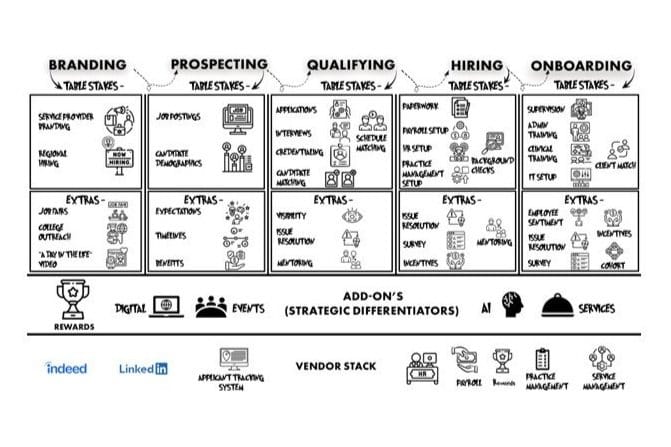Scaling ABA with Tech and Data—Without Losing Sight of Who It’s For

What a recent interview Rohit Verma had with Jonathan Mueller reminded me about leveraging technology for real-world access—not just workflow efficiency.
I spend most of my time thinking about how to scale ABA services through better platforms, data infrastructure, and workflow automation. Tech, when done right, is a force multiplier for access—helping providers serve more families, more efficiently, with better clinical and financial visibility.
But occasionally, a conversation reminds me to step back.
Jonathan Mueller, CEO of Ascend Behavioral, recently sat down with Rohit Verma for his 10 Questions series. Jonathan offered something that too often gets left out of ops-focused discussions: a grounded view of access—not as an abstract KPI, but as a lived experience for families.
One example stood out: Ascend sees over 70% of families wanting home-based care, often not out of preference for a model, but out of necessity. Transportation is a barrier. Scheduling is a barrier. Other family obligations are a barrier. And sometimes, a center-based model—while operationally elegant—just isn’t accessible.
Jonathan reframed the discussion:
“In which environment is a family most likely to actually access ABA?”
That’s the right question. And it’s one that tech leaders, platform vendors, and advisors (like me) need to ask more often.
The Infrastructure Still Has to Serve the Mission
As we build scale through data pipelines, billing automation, or scheduling logic, we can’t forget who this is all ultimately for. The stack isn’t the mission. The mission is access.
The best tech isn’t just elegant—it’s aligned. It reflects the complexities of real lives and helps providers deliver more care with fewer compromises.
Jonathan’s remarks also reinforced my view on de novo over M&A. In a human services business, buying growth often introduces more operational debt than value. Replicable, well-supported care delivery still matters more than acquisitions that sound good but struggle to integrate.
Closing Thought
There’s no tension between operational excellence and mission fidelity. The best ABA organizations are those that scale with intention—and never lose touch with the people they serve.
Grateful to Jonathan for the clarity, and to Rohit Verma for surfacing these perspectives.
🔗 Watch the full interview here


